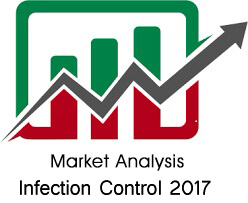
Zbigniew Pawlowski
Poznan University of Medical Sciences, Poland
Title: Taeniasis/neurocysticercosis control: Medical aspects
Biography
Biography: Zbigniew Pawlowski
Abstract
Neurocysticercosis due to a larval stage of Taenia solium is a serious public health problem across low and middle-income countries of Latin America, Sub-Saharan Africa and Asia. It is a considerable problem in Europe and the United States, caused by immigration of T. solium carriers from endemic countries. Neurocysticercosis has a various clinical presentation, which ranges from asymptomatic infections to fatal cases. The most common symptoms are a late-onset epilepsy or partial seizures. The control of neurocysticercosis considers two aspects of T. solium transmission; it may be an indirect meat-born zoonotic control measure preventing human taeniosis by limitation of cysticercosis in pigs and a direct control measure by eradication of human tapeworm carriers, being the sole faecal-borne source of cysticercosis for humans and pigs. The control measures can be realized by the organized local or regional eradication programs as well as the routine daily medical and veterinary services. There is much progress in the veterinary control measures in endemic areas. However, the medical control of neurocysticercosis is still inadequately realized in spite of the improvements in diagnosis (fecal antigen tests), new taenicides (niclosamide, praziquantel) and better understood epidemiology (focality of transmission) of human T. solium taeniosis/cysticercosis. Several rules are proposed to be accepted in the medical control measures: Leaving untreated any detected case of T. solium taeniosis, spreading neurocysticercosis, is a medical error, due to difficulties in T. ,solium diagnosis the specific anthelminthic treatment has to be considered also in a suspected case of taeniosis (eg., there is a potential carrier of a T. solium tapeworm in every fourth case of neurocysticercosis), any Taenia tapeworm infection (T. solium, T. saginata, T. asiatica) deserves a specific treatment in order that T. solium is not missed, modern or traditional taenicides has to be easily available where needed, possibly free of charge, instruction has to be elaborated how to avoid the neurologic adverse reactions to praziquantel and preserve the stability and efficacy of niclosamide, a professional training in the control of taeniosis/neurocysticercosis has to be intensified in endemic areas, especially among mental health, public health and primary health care services as well as among veterinarians preventive screening of the T. solium tapeworm infected immigrants or visitors to endemic countries as well as local street meat vendors and specific treatment of those with a positive fecal antigen test, have to be considered.

